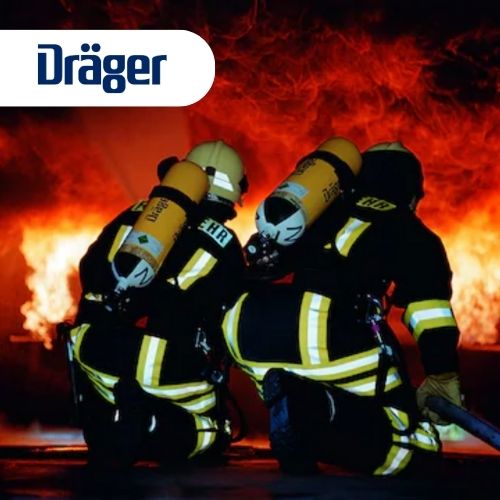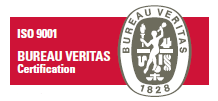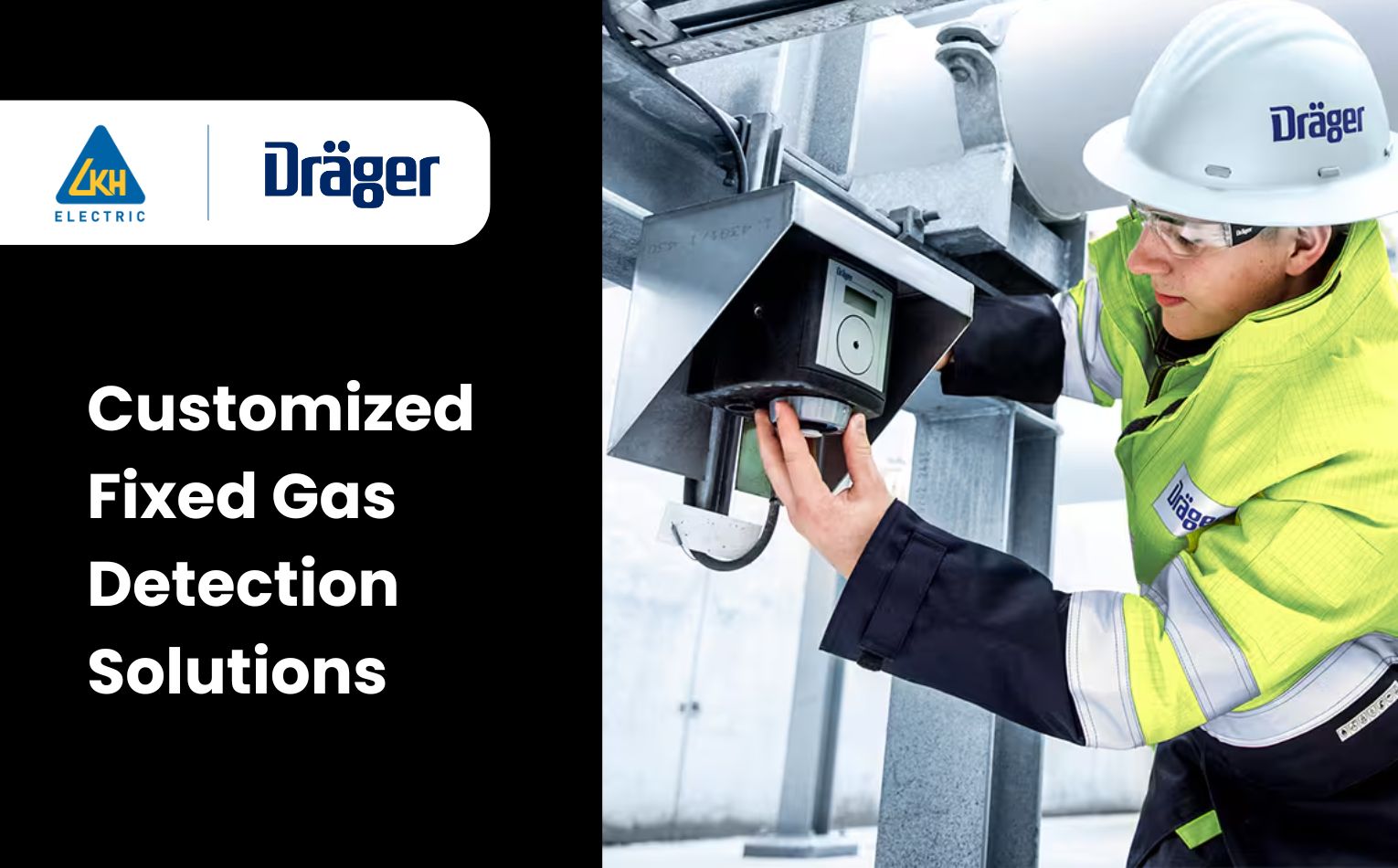
What is a Fixed Gas Detector
A fixed gas detector is a permanently installed safety device designed to continuously monitor areas where hazardous gas leaks may occur. Commonly installed in high-risk zones such as process plants, storage facilities, and confined spaces, these detectors provide real-time monitoring for toxic, flammable, or oxygen-deficient gases. When integrated with a central control system, they can automatically trigger alarms, ventilation, shutdown procedures, and other safety protocols, playing a critical role in both accident prevention and regulatory compliance.
Why a Fixed Gas Detector Is a Critical Investment for Your Facility
The risks of inaction by failing to implement a fixed gas detection system are substantial. Undetected gas leaks or accumulations of hazardous gases can lead to toxic exposures, fires, explosions, costly production downtime, environmental harm, and severe regulatory consequences. A compelling example is the 2019 explosion at the TPC Group chemical plant in Port Neches, Texas. An overnight butadiene gas leak went undetected due to the absence of continuous fixed gas monitoring. The resulting explosion caused extensive damage, injuries, and the evacuation of thousands. This incident highlights the potentially catastrophic consequences of inadequate gas detection.
Installing a fixed gas detection system enables:
- 24/7 monitoring — even in unmanned zones
- Early detection of gas leaks before they escalate
- Automated emergency response (alarms, ESD, ventilation)
- Reduced downtime and improved operational continuity
- Compliance with safety and environmental regulations
A fixed gas detection system isn’t just a regulatory requirement — it’s a strategic investment in risk reduction and operational resilience.
Compliance with Safety Standards and Regulations
Proper use of fixed gas detectors is a regulatory requirement under various Singaporean laws and codes to ensure workplace safety and environmental protection.
MOM – Workplace Safety and Health (WSH) Regulations
- Mandates atmospheric testing before and during confined space entry
- Requires real-time monitoring with fixed gas detectors where toxic or flammable gases may be present
- Employers must ensure fixed gas detectors are regularly calibrated and functioning correctly
NEA – Environmental Protection and Management Act
- Sets strict emission limits for industrial processes
- Fixed gas detectors support ongoing pollution monitoring and compliance reporting
Failure to comply with these standards can lead to worksite shutdowns, legal penalties, and increased liability risks. Implementing certified and well-maintained fixed gas detectors is essential for meeting regulatory obligations and safeguarding your facility.
Essential types of fixed gas detectors for the oil and gas industry
To maintain a safe and compliant industrial environment, it is crucial to deploy the right fixed gas detectors tailored to your facility’s specific hazards. Different types of detectors address various risks, from toxic and flammable gases to oxygen levels and fire detection. Understanding these essential detector types will help you build a comprehensive gas detection system that effectively protects your personnel, assets, and operations.
- Toxic Gas Detectors: Essential for detecting hazardous gases such as hydrogen sulfide (H₂S), carbon monoxide (CO), and chlorine (Cl₂), which pose serious health risks.
- Flammable Gas Detectors: Critical for early detection of combustible gases like methane (CH₄) and hydrogen (H₂) to prevent fire and explosion hazards.
- Oxygen Detectors: Necessary to monitor oxygen levels, identifying both deficiency and enrichment to maintain a safe working environment.
- Flame Detectors: Provide rapid fire detection and complement gas detection systems in high-risk areas.
- Specialized Sensors: Open-path and ultrasonic detectors may be required for wide-area or challenging environments to ensure complete coverage.
- Integrated System: Together, these detectors form the core of a comprehensive fixed gas detection system that protects personnel, assets, and operational continuity.
Dräger Fixed Gas Detection Systems
In an industrial facility, handling hazardous substances is a routine challenge. Dräger offers a wide range of fixed gas detectors and controllers, featuring an extensive range of sensors designed to detect toxic and flammable gases, vapors, and oxygen levels. Beyond supplying equipment, we take a consultative approach by working closely with you to assess risks, design, and implement customized fixed gas detection systems tailored to your specific facility. With the right system installed, you can ensure the safety of your workforce and maintain smooth, uninterrupted operations.
Key Features
- Detects over 140 different gases, including Cl₂, SO₂, H₂S, H₂O₂, O₂, and CH₄
- Advanced sensing technologies: Infrared (IR), Catalytic Bead, Electrochemical, and Open-path detection
- Real-time diagnostics, automatic calibration alerts, and data logging for enhanced reliability

Customised Fixed Gas Detection Systems for Every Industry
Dräger recognises that each industrial site has unique safety challenges and regulatory requirements. That is why we do not offer one-size-fits-all solutions. Instead, we work closely with you to design a fixed gas detection system tailored to your specific needs. This ensures the solution is neither overbuilt nor under-specified. With our technical expertise and proven sensor technology, you can rely on a system that is both compliant and built for your operational environment.
From Basic Setups to Complex Fixed Gas Detection Systems
Each fixed fire and gas detection system is individual – whether you need a simple alarm system for a manageable area or a tailor-made solution with highly complex settings. Whether you have many or only a view measuring points. Whether you need to create a completely new system or whether you have to integrate the solution into existing infrastructure. Discover this brief explanation of different requirements for a fixed gas detection system and see how our experts support you in every step of the process.
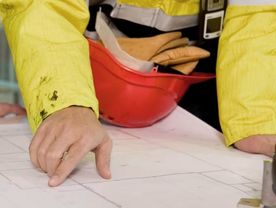
Dräger Fixed Gas Detection Solutions
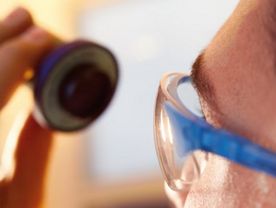
Toxic Gases & Oxygen Monitoring – Dräger’s fixed gas detectors use electrochemical, infrared (IR), and open-path sensor technologies to deliver precise, real-time monitoring of toxic gases and oxygen levels. These detectors help mitigate exposure risks, support compliance with regulatory standards, and protect personnel in critical zones.
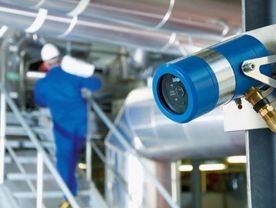
Industrial Flame Detection – Using IR, UV, or visual IR technologies, Dräger flame detectors provide rapid flame recognition, even in harsh and open industrial settings. These systems enhance overall site safety and are often integrated alongside gas detection infrastructure.
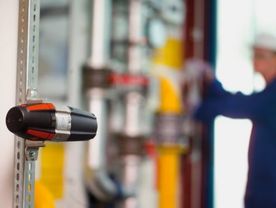
Flammable Gas Detection – Designed for environments with explosive atmospheres, Dräger detectors apply IR, catalytic bead, and open-path principles to identify combustible gases such as methane, propane, and hydrogen—enabling fast response and prevention of fire or explosion incidents.

Toxic Gases & Oxygen Monitoring – Dräger’s fixed gas detectors use electrochemical, infrared (IR), and open-path sensor technologies to deliver precise, real-time monitoring of toxic gases and oxygen levels. These detectors help mitigate exposure risks, support compliance with regulatory standards, and protect personnel in critical zones.
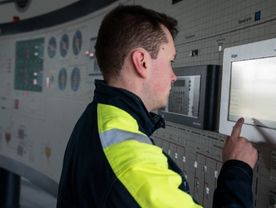
Controllers – At the core of every Dräger detection system are intelligent controllers that collect sensor input, analyse conditions, and trigger automatic responses—such as alarms, ventilation systems, or emergency shutdowns. Dräger controllers are designed for ease of use, durability, and seamless integration with control platforms.
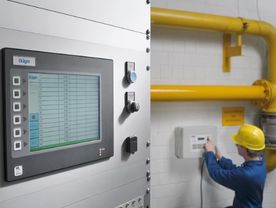
System Components for Gas Detection Systems – Dräger provides a wide selection of high-performance sensors designed for longevity and precision, each calibrated for specific gases and applications. System reliability and ease of maintenance are enhanced with components such as sampling units, relays, calibration tools, and visualisation software.
Industry-Specific Applications
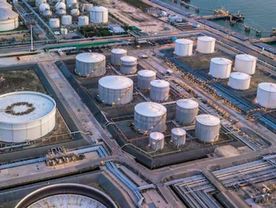
Tank Farms
Detect flammable vapors and potential leaks to prevent fires or explosions.
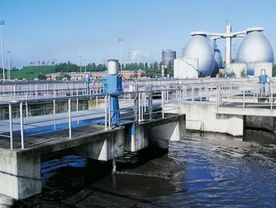
Wastewater Treatment
Monitor gases like chlorine, ozone, and sulfur dioxide during the disinfection and reprocessing phases to protect personnel and equipment.
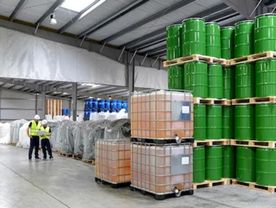
Solvent Storage Areas
Implement VOC detection systems to manage risks related to chemical spills or container leaks.
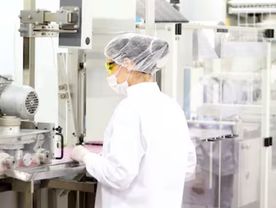
Pharma Sterilisation
Measure H₂O₂ and have the infrastructure and procedure to perform a sensor calibration with the target gas.
End-to-End Fixed Gas Detection System Services
As an authorised distributor of Dräger, we deliver tailored fixed gas detection solutions to meet your facility’s unique safety needs. With over 70 years of experience and proven Dräger Sensor technology, we know that effective gas detection starts with proper planning. That’s why we work closely with you. Our services includes :
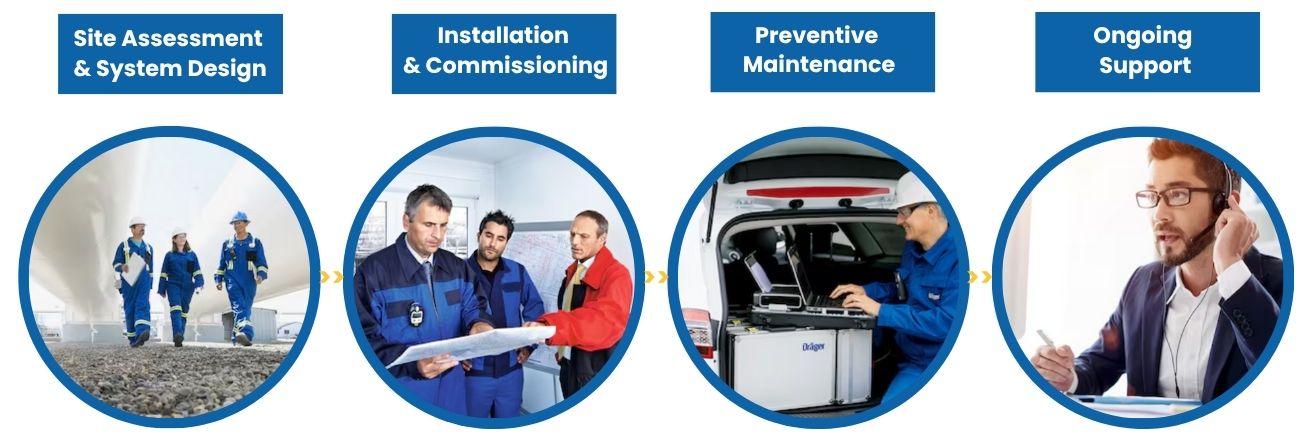
- Site assessment & System Design – We provide tailored consultations with on-site assessments to understand your hazards and operations, developing a custom proposal that precisely meets your safety needs without over-or under-specifying.
- Installation & commissioning – We ensure that your equipment is fully installed and working correctly.
- Ongoing Technical & After Sale Support – We provides end-to-end support, including commissioning, staff training, and local technical assistance, along with prompt technical support and reliable on-site after-sales service to ensure optimal performance of your gas detection system.
- Preventive maintenance – Scheduled calibration and preventive maintenance services ensure continuous system uptime and long-term performance.


